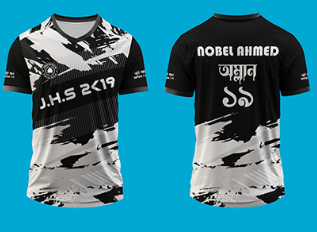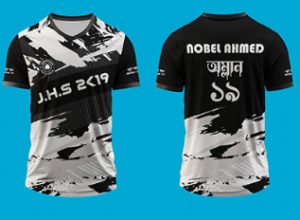What is MVP in a Startup: Essential Guide for Entrepreneurs
In the world of startups, a Minimum Viable Product (MVP) serves as a critical foundation for testing and validating business ideas. An MVP is a product version that includes just enough features to be usable by early customers who can provide feedback for future development. This approach helps startups avoid excessive costs, save time, and better understand their target market’s needs.
Creating an MVP enables entrepreneurs to quickly determine whether their product idea has potential or needs adjustments. Early user feedback is essential for refining the product and guiding its development. By focusing on delivering core features that solve a specific problem, startups can iterate based on customer responses and improve their offering.
Early stages of product development can be risky, but using an MVP allows startups to mitigate these risks. It provides a real-world test of their concepts, ensuring a stronger fit with market demand. This method not only speeds up the learning process. The goal is to create a functional product that meets basic user needs and helps the business grow efficiently.
Contents [hide]
Understanding MVP
An MVP, or Minimum Viable Product, is essential in startups to test a product idea with minimal resources while gathering valuable customer feedback. This approach helps in making informed decisions before fully developing and launching a product.
Defining MVP in Startups
An MVP consists of just enough features to satisfy early adopters and collect feedback for future development. This concept originates from the Lean Startup methodology by Eric Ries. An MVP is not about creating a half-baked product; it’s about focusing on core functionalities that address the primary problem for users. Startups use MVPs to test their hypotheses about customer needs and preferences with minimal investment.
Read Also: https://realitybright.com/the-benefits-of-implementing-kanban-inventory-management-in-your-business/
Benefits of an MVP Approach
Launching an MVP offers several advantages. It allows startups to validate their ideas quickly without excessive spending, reducing the risk of failure. Feedback from early users can guide future development, ensuring the product evolves in alignment with market needs.
Additionally, an MVP helps in attracting early customers and investors by demonstrating a viable solution to a problem. This approach also enables faster time-to-market compared to traditional product development cycles.
Key Components of an MVP
An effective MVP includes basic features essential for solving the user’s primary problem. These features should be easy to use and sufficient to engage early adopters. Identifying the core functionality is crucial, as irrelevant features can distract from the product’s main goal.
User feedback mechanisms, such as surveys or usage analytics, must be incorporated to gather insights. Clear objectives and metrics should be established to evaluate the MVP’s performance, ensuring data-driven decisions for future enhancements.
Developing an MVP
Developing an MVP involves a few key steps: conducting market research, building a basic version of the product, and examining real-world examples to understand successful implementation.
Market Research and User Personas
Understanding the market is crucial before developing an MVP. Conducting thorough research helps identify potential users and their needs. Surveys, interviews, and online research are common methods to gather data.
Creating user personas based on this data helps visualize different user types. These personas represent the characteristics and needs of various segments. Defining these groups ensures the MVP targets the right audience, increasing its chances of success.
Read Also: https://realitybright.com/how-to-attract-bookkeeping-clients/
Building Your MVP
Once the market research is complete, the next step is building the MVP. This involves developing a product with the minimum features necessary to satisfy early adopters. It’s important to focus on core functionalities only, avoiding unnecessary features that complicate development and increase costs.
Iterative testing is essential during this phase. Gather feedback from actual users and make incremental improvements. This reduces risks and ensures the product meets user expectations effectively. Tools such as wireframes and prototypes can be useful during this process.
Real-World MVP Examples
Examining real-world examples of successful MVPs can provide valuable insights. Softkraft, for instance, started with a simple, streamlined application focused on core features. This allowed them to gather critical user feedback and iterate based on real user needs.
Another example is a popular online marketplace that initially launched with a basic platform connecting buyers and sellers. Over time, they expanded features based on user feedback and market demands, illustrating the importance of starting simple and scaling up.
Real-world examples demonstrate that starting small and focusing on user feedback can lead to successful product development. By studying these cases, startups can learn best practices and common pitfalls to avoid.
The article was written in cooperation with the experts of SoftKraft – MVP Development for Startups






















































Post Comment